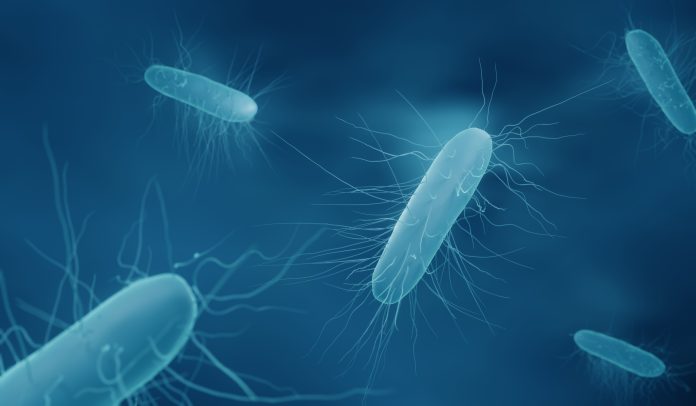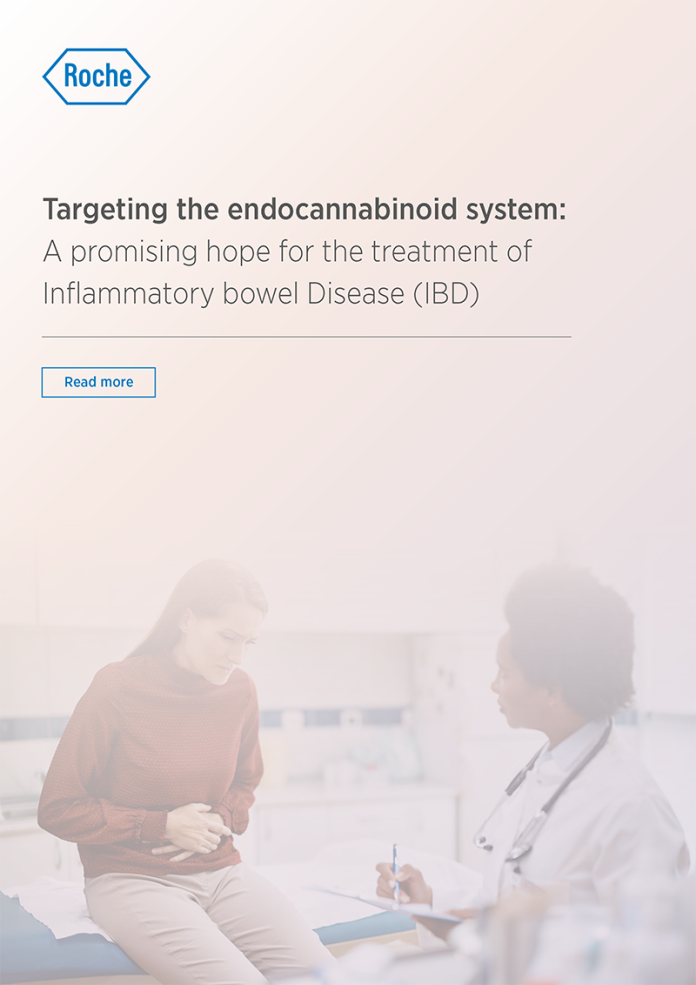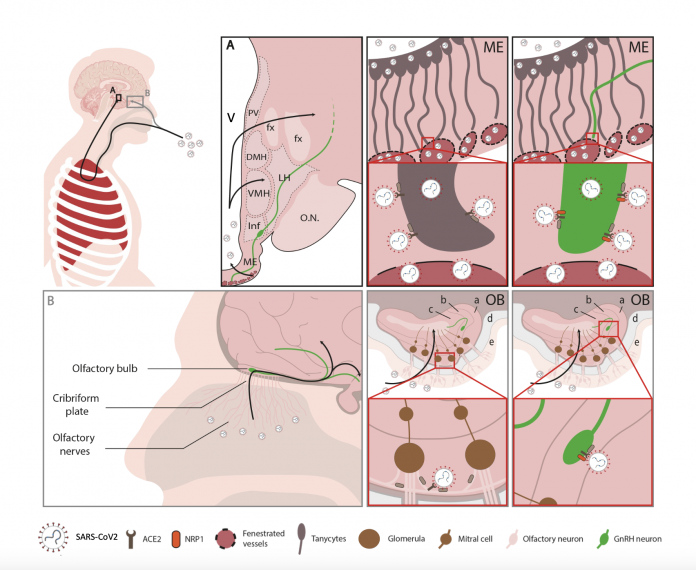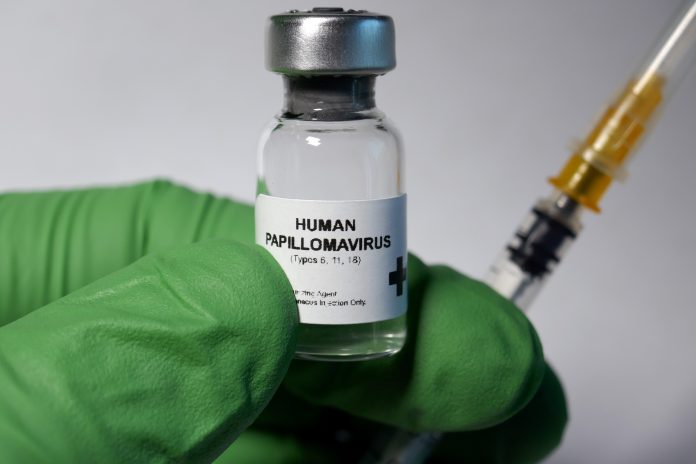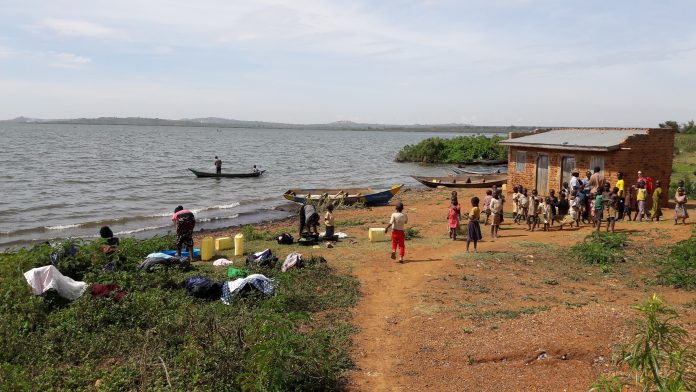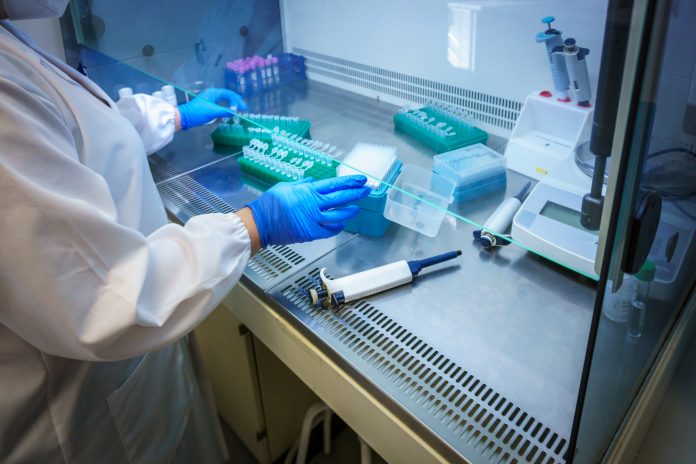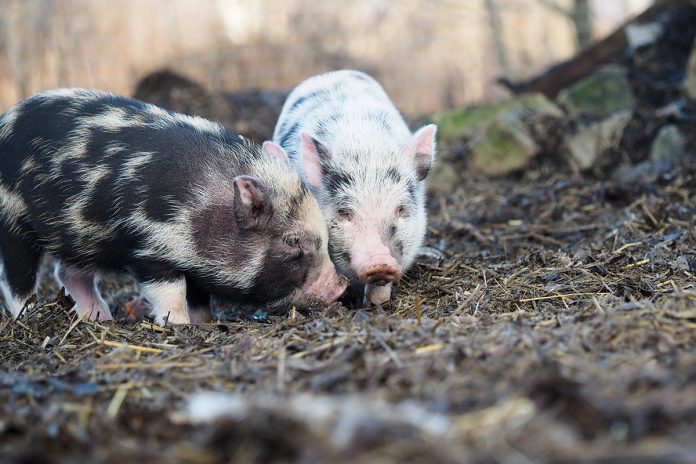Open Access Government produces compelling and informative news, publications, eBooks, and academic research articles for the public and private sector looking at health, diseases & conditions, workplace, research & innovation, digital transformation, government policy, environment, agriculture, energy, transport and more.
Home Search
infectious diseases - search results
If you're not happy with the results, please do another search
The role of host condition and environment on infection outcome
Brian P. Lazzaro from Cornell University discusses his research on the factors influencing immune response and infection outcome, drawing on powerful experimental systems, such as Drosophila melanogaster as a model host, to gain a deeper understanding of foundational biological processes.
An ancient therapy modernized for Clostridioides Difficile therapy
Clostridioides difficile is a type of bacteria that often affects people who have been taking antibiotics. Glenn S. Tillotson of GST Micro LLC explains how live biotherapeutic products have shown promise as a safe and effective treatment to help restore the normal gut microbiome.
Targeting the endocannabinoid system: A promising hope for the treatment of Inflammatory bowel Disease...
Current IBD treatments leave many battling uncomfortable symptoms. The bodies natural endocannabanoid system (ECS) is linked to gut health. By targeting the system, researchers believe they will be able to develop novel treatments that tackle inflammation, diarrhea and lingering discomfort. By focusing on this, researchers believe they will be able to develop treatments that tackle both inflammation and lingering discomfort.
The importance of accounting for gender differences in cardiovascular disease care
Cardiovascular disease (CVD) is the leading cause of death in women worldwide, highlighting the need for greater awareness and research into sex and gender differences impacting cardiovascular care.
Building global health with lego vaccines
Prof Tuck Seng Wong and Dr Kang Lan Tee from the University of Sheffield, explain building global health with LEGO vaccines.
Brain infection by SARS-CoV-2: Lifelong consequences
The WATCH team, founded to elucidate the role played by specialized brain cells called tanycytes in various physiological processes, has been investigating how and where the SARS-CoV-2 virus infects the brain, and some long-term consequences of this neuro-invasion.
Understanding the climate change impact on health
Scientists at the Climate Service Center Germany (GERICS) help society to prepare for climate change impacts on health in a multi-faceted approach.
Nutritional management of chronic kidney disease in pets
Renea Creech and Kim Wilson outline the challenges of Chronic Kidney Disease in pets, the irreversible loss of kidney function, and how nutrition can help.
Coral disease has tripled over the last 25 years, wiping out entire reef habitats
As global temperatures rise, deadly coral disease is becoming more prevalent on reefs. Likely to become endemic, researchers highlight the need for urgent mitigation of coral disease.
Government urges parents to check for measles vaccine as cases spike in children
The UK government has urged parents to check their children's measles vaccine records due to an increase in virus cases.
RR-TB treatments, testing bedaquiline and injectable kanamycin
Here, Professor Andre Nunn from Medical Research Council Clinical Trials Unit at UCL, explores tuberculosis with a focus on RR-TB treatments (rifampicin-resistant) and their drug combinations.
An HPV factsheet – Everything you need to know
HPV is the most common STI in the world, affecting 80% of the population. Here Dr Deborah Lee, from Dr Fox Online Pharmacy, addresses the most common issues about HPV in an attempt to aid in the understanding of the condition
Taking complexity into account: Public health strategies adaption to the end of the decade
Dr Zisis Kozlakidis and Sandra Nanyonga discuss public health strategies, then and now, with a focus on the prevalence of STDs.
How did past societies handle the impacts of climate change?
Impacts of climate change on past human societies over the past 5000 years offer lessons for current global warming preparation.
Prebiotics from algae as a treatment for inflammatory bowel disease
The Algae4IBD project is studying the potential of probiotics and algae-derived prebiotics as a treatment for inflammatory bowel disease.
Wicked-Schisto: The wicked public health problem of Schistosomiasis and the interdisciplinary research helping to...
Poppy Lamberton, Professor of Global Health at the University of Glasgow, is leading an interdisciplinary team aiming to identify cost-effective, sustainable interventions for schistosomiasis, a devastating neglected tropical disease.
Enhancing community-based disease surveillance using Afyadata in Mozambique
SACIDS, in collaboration with the Ministry of Health in Mozambique is capitalizing on its AfyaData, a digital disease surveillance app, to enhance early detection, timely reporting and prompt feedback/response to health-related signals/events, including COVID-19 and other priority diseases in the country.
COVID-19, communicable disease and immunology
Academic Research Scholar, Prof Wendy M. Purcell, provides an update on COVID-19, communicable disease and immunology.
Investigating a new method for pig vaccinations
Livestock vaccinations lead to healthy animals, healthy consumers, and a profitable industry.
Genomic characterisation for improved responses to dengue outbreaks in Tanzania
Gaspary Mwanyika from the SACIDS Foundation for One Health, Sokoine University of Agriculture, Tanzania details the importance of genomic characterisation in the control of dengue.


